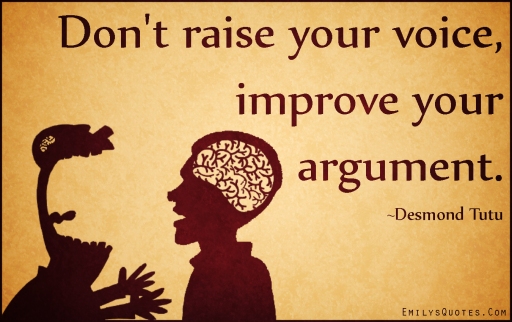
In general, the benefits of debate include:
- Gaining broad, multi-faceted knowledge cutting across several disciplines outside the learner’s normal academic subjects.
- Increasing learners’ confidence, poise, and self-esteem.
- Providing an engaging, active, learner-centered activity.
- Improving rigorous higher order and critical thinking skills.
- Enhancing the ability to structure and organize thoughts.
- Enhancing learners’ analytical, research and note-taking kills
- Improving learners’ ability to form balanced, informed arguments and to use reasoning and evidence.
- Developing effective speech composition and delivery.
- Encouraging teamwork.
(http://www.qatardebate.org/debate-and-debating/benefits-of-debating)
According to Jackie Gerstein, the steps for a debate are as follows:
- Decide what side of the issue they wanted to be on. I stressed that sometimes being on the side you don’t necessary agree with can be a good exercise, especially for understanding the other side of the issue.
- Explore the issue through online research.
- Meet with team members to decide what angle of the issue each member would take.
- Do online research to find hard evidence to support each of their issues and angles.
- Meet with their groups to review their arguments and go over their presentations.
- Learn about the structure of the debate
- Each side presents their argument – all members of a side present their argument (decided by a coin flip) and then the other side does so.
- While one side is presenting their argument, learners on the other side write out questions to ask during the rebuttal round.
- In the rebuttal round, questions are asked of the opposing team.
- Review the evaluation criteria – on a scale from 1 to 5 with 5 being the highest. Each learner is evaluated by a panel of judges (some other students and me)
- How well did the person articulate the argument?
- How well did the person use references to support his or her argument?
- How well did the person ask questions of the other team?
- How well did the person answer questions from the other team?
- Do the debate.
- Get the judges’ feedback. Add together their scores for each individual and then add these as a team. The team with the highest score wins.